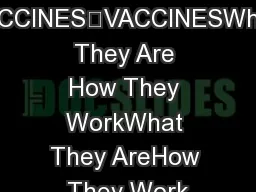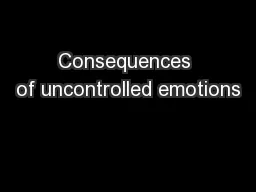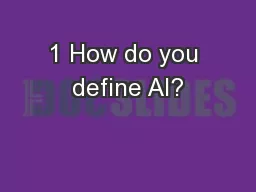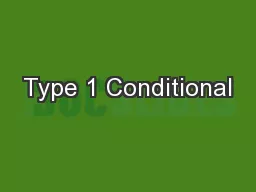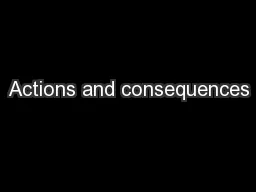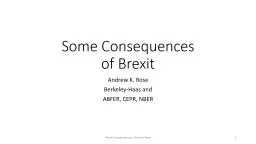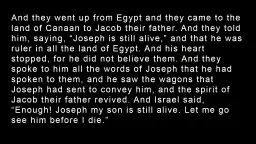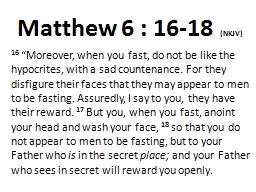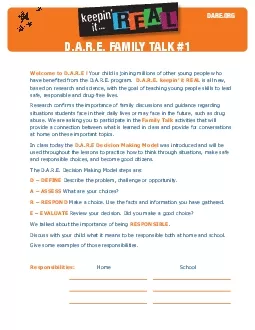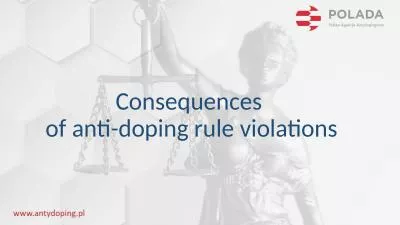PPT-“If [people] define situations as real, they are real in their consequences.”
Author : danika-pritchard | Published Date : 2018-03-22
W I Thomas 1928 Social Change Race The Social Construction of Reality The process through which facts knowledge and truth are discovered made known reaffirmed and
Presentation Embed Code
Download Presentation
Download Presentation The PPT/PDF document "“If [people] define situations as real..." is the property of its rightful owner. Permission is granted to download and print the materials on this website for personal, non-commercial use only, and to display it on your personal computer provided you do not modify the materials and that you retain all copyright notices contained in the materials. By downloading content from our website, you accept the terms of this agreement.
“If [people] define situations as real, they are real in their consequences.”: Transcript
Download Rules Of Document
"“If [people] define situations as real, they are real in their consequences.”"The content belongs to its owner. You may download and print it for personal use, without modification, and keep all copyright notices. By downloading, you agree to these terms.
Related Documents

![PPT-“If [people] define situations as real, they are real in their consequences.”](https://thumbs.docslides.com/661419/if-people-define-situations-as-real-they-are-real-in-their-consequences.jpg)
